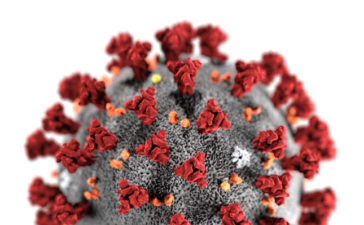We often hear about the real dangers of getting too little sleep, but on the other end of the spectrum, sleeping too much also appears to have some risks.
Sleep is a rapidly growing field of research, and we are learning more all the time about how rest affects the body and mind. It’s known that sleep is a time when the body repairs and restores itself, and getting too little rest can lead to a whole host of health problems.

Sleeping for over ten hours or less than six hours a day is likely to cause metabolic syndrome – a cluster of conditions that increase the risk of heart disease, stroke and diabetes, a study has found. Researchers at Seoul National University in South Korea found that compared to individuals who slept six to seven hours per day, men who slept fewer than six hours were more likely to have metabolic syndrome and higher waist circumference. Women who slept fewer than six hours were more likely to have higher waist circumference.
Sleeping more than ten hours per day was associated with metabolic syndrome and increased levels of triglycerides in men, and with metabolic syndrome, higher waist circumference, higher levels of triglycerides and blood sugar, as well as low levels of ‘good’ cholesterol (HDL-C) in women.
Sleeping too much may stroke up heart disease risk..
Researchers found that nearly 11 per cent of men and 13 per cent of women slept less than six hours, while 1.5 per cent of men and 1.7 per cent of women slept more than ten hours.
“This is the largest study examining a dose-response association between sleep duration and metabolic syndrome and its components separately for men and women,” said Claire E Kim, lead author of the study published in the journal BMC Public Health.

“We observed a potential gender difference between sleep duration and metabolic syndrome, with an association between metabolic syndrome and long sleep in women and metabolic syndrome and short sleep in men,” she said.
Based on common definitions, participants were considered to have metabolic syndrome if they showed at least three of the following: elevated waist circumference, high triglyceride levels, low levels of ‘good’ cholesterol, hypertension, and high fasting blood sugar.





